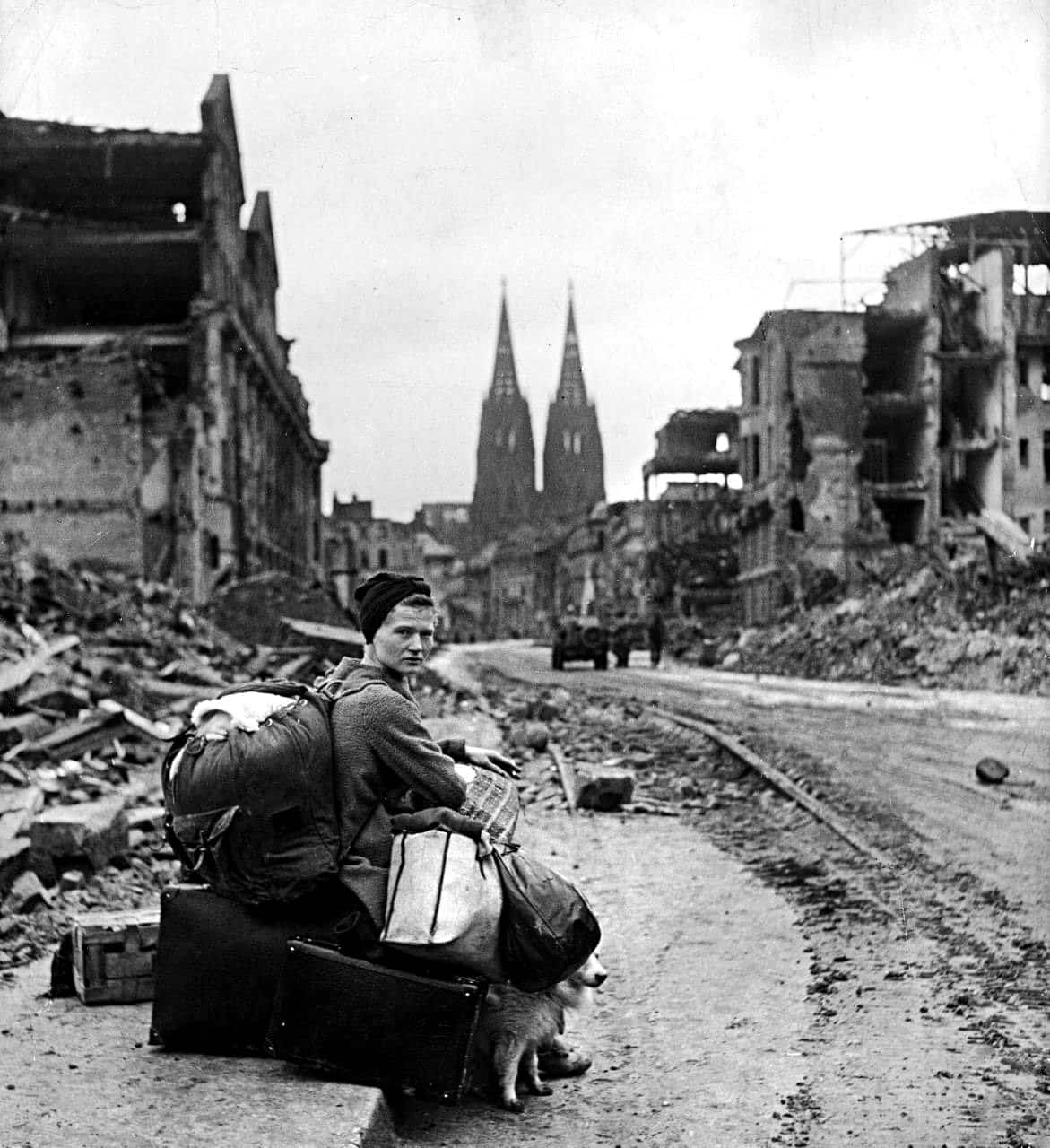In 1943, LIFE photographer John Florea set aside Hollywood and celebrity portraiture to serve as a war correspondent in World War II. Although he spent most of his career directing episodes of popular television shows from the 1960s to the 1980s, he is best remembered for his stark photographs of the horrors of war. Beginning with his photographs on American soil and ending at the Battle of the Bulge, this exhibition traces how Florea’s photography shifted from the polished and posed portraits of Marines training in California and women working for the USO in Texas to the gritty, haunting photos of bombed out cities and military executions.
Marking the 80th anniversary of the end of World War II, John Florea: Soldiers, Spies, and Civilians examines the role of photojournalism in shaping the public’s understanding of war.

The Everson is supported by the Dorothy and Marshall M. Reisman Foundation; the General Operating Support program, a regrant program of the County of Onondaga with the support of County Executive, J. Ryan McMahon II, and the Onondaga County Legislature, administered by CNY Arts; and the New York State Council on the Arts with the support of the Office of the Governor and the New York State Legislature.
About The Artist:
Born to Romanian immigrant parents in 1916, John Florea was a photographer for LIFE magazine and television director. Before and after World War II, he specialized in portraits of celebrities, eventually using his connections in Hollywood to become a television writer, producer, and director. During the war, he followed the Marines and the Navy in the Pacific theater before moving to Europe to photograph the American First Army. He photographed the Battle of the Bulge, the capture of Cologne, and the liberation of the Nordhausen concentration camp, and was the only LIFE war correspondent to photograph the ends of the wars in both Europe and Japan. He died in 2000 at the age of 84.





